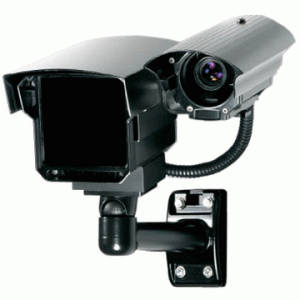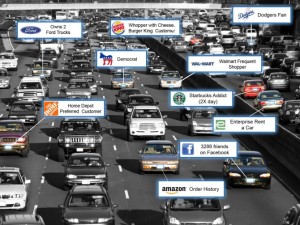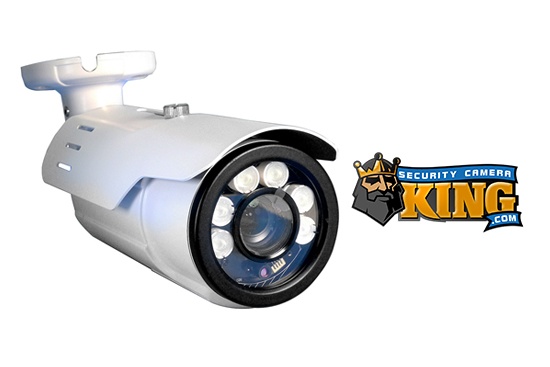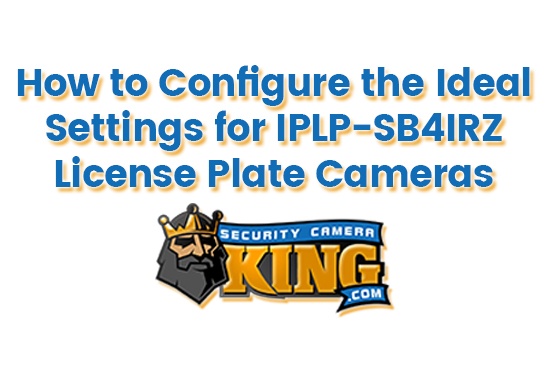When talking to clients about the requirements of their security system, I often run into business owners and homeowner associations who are looking to place a security system at an entrance or exit to view vehicles coming into and leaving from their establishment. One of the biggest things that I have learned to do, is to inquire about what they expect to be able to accomplish with this camera system. The reason why, is that a lot of people assume that license plate capturing and recognition are one in the same. What the general public needs vs. what government agencies need are typically two totally different things. The general public typically only needs to be able to capture an image of a license plate, whereas a government entity and some corporations need to be able to not only capture a plate but also recognize the information on the plate in realtime. There is a difference and you can’t do recognition without capture and I am going to explain the differences.
License Plate Capture
The majority of consumers looking to monitor vehicle traffic at their location, will only need to be able to capture license plates with a camera. To capture means to record an image of the information for future use when needed. In order to properly capture a license plate you should have a traffic calmed area, generally a gate or stop of some sort. This is to give your system a better chance to get a useable image of the license plate. To ideally accomplish a license plate capture, you should only strive to cover one lane of traffic per camera. For the best possible shot the camera should be mounted at a lower level than you would normally mount a camera, approximately 36 inches from the height of the street and as straight on as you can get without being in the lane of travel. This camera will be used only for the capturing of the license plate image and you should use another camera in conjunction for an overview of the vehicle to acquire details, such as color and make. This is only part of the equation, you will want to make sure that you recording unit can do D1 resolution at 30fps for the best chance to capture a usable image. Also, the camera that is being used will need to have features for eliminating interference from lighting sources and a varifocal lens for narrowing the field of view.
An ideal camera for license plate capture will have what is referred to as an on-screen display (osd). In a camera that is suited for license plate capture there are settings in the OSD to help reduce the interference of headlights or taillights. Generally it is called headlight compensation (HLC), what this feature generally will do is give you the ability to select regions in the picture zone that you want to have lighting filtered out to help prevent interference of the plate region. Most cameras have boxes that you are able to move into place. When setting up these regions, you will want to place a vehicle in the lane to place the boxes in the areas where the headlights and taillights will travel through. Make sure to leave an area large enough to accommodate the possible areas that a car will travel through, this is because not all drivers will pass through the lane in exactly the same spot.
There are typically two styles of cameras that work the best for this application, bullet and box cameras. You will want a varifocal camera with enough zoom to tighten the picture up just wider than the lane of travel. The amount of varifocal you will need is dependant on the distance the camera is mounted away from the target location. For application where the camera is within 50 feet of the target a 9mm-22mm lens will be sufficient. You can find really high quality bullet cameras that have this size lens and generally will have infrared (IR) illuminators built in to help with nighttime capture for reasonable prices. Just make sure that whatever bullet you choose has the OSD control with the HLC options, built in. If your target is at the far end of this distance and beyond you will want to look into a box camera solution with a larger varifocal lens. Typically when you are buying a box camera, you will buy the camera, the lens, and the housing all separately. This will allow you to get the correct lens and camera for your situation. If you need more light on the plate area, there are separate IR illuminators which can be used in conjunction with most cameras. You just want to be cautious not to over illuminate the plate causing it to be unreadable caused by IR washout.
Now that you have your system in place and your camera setup, it will take some tweaking of the OSD configurations to get the nighttime and daytime image to meet your needs. For this fact, I like to use a camera that has an RS485 connection on it that I can run back to the DVR and control the OSD functions remotely. This way you can remotely login to the system at various hours of the day and adjust the settings until you get the best quality image you can under all circumstances. Once you have got your system setup exactly the way you want, you are ready to capture the license plates of the vehicles coming into and out of your property. This is called capturing because the information will only be stored in the DVRs recorded footage and not accessed unless it is needed. If you need to register or log the information you will need to have recognition as well.
License Plate Recognition
With license plate recognition, you need to be able to capture the license plate information and have a system in place to read the captured information and process it. There are several ways that this can be done. One way is to have a system setup like in the license plate capturing process and have the video stream from the license plate camera going into a computer system. This system will then take the images and analyze the plate information in a process called License Plate Recognition. You can have the system analyze the information against a known database, for use with access control. There are services out there that have access to larger known databases that the information can be checked against.
There are even more sophisticated systems out there that are all self contained in the cameras themselves. These systems have a camera dedicated to do nothing but record all of the plate information for every vehicle passing in its view. They can then just store the information or transmit the collected data to an offsite location for further analysis. This type of system is often used when government entities put up red light traffic camera and toll road cameras. When the system is used for a red light camera application, there is a camera that is always recording the intersection and one that snaps a very high definition picture of the intersection at the moment the sensors dictate. These scenarios have multiple cameras at the corners to capture both directions of travel. The information is generally stored at the location and transferred back to a centralized computer based on the companies schedule. This type of setup is often used with toll roads to help catch toll violators and can be done at much higher rates of speed.
Some law enforcement agencies have implemented a newer technology that not only does the recognition, but it does it in real time. This offers the officer the ability to catch offenders of a variety of different crimes in their tracks. These systems are generally mounted in the trunk of the vehicle with cameras that are roof mounted with a 360 degree view. Allowing the officer to patrol as normal with the system doing all of the work notifying the officer of any potential problems.
There is a difference between capture and recognition, I hope that this will better clarify what you may need. There are not too many entities out there that need recognition. Most can settle with license plate capture and if the information is needed it can be retrieved. Normally you will only need the information when a crime has been committed, otherwise you will be able to go on with your normal day to day surveillance.

 by Ryan Newkirk
by Ryan Newkirk
